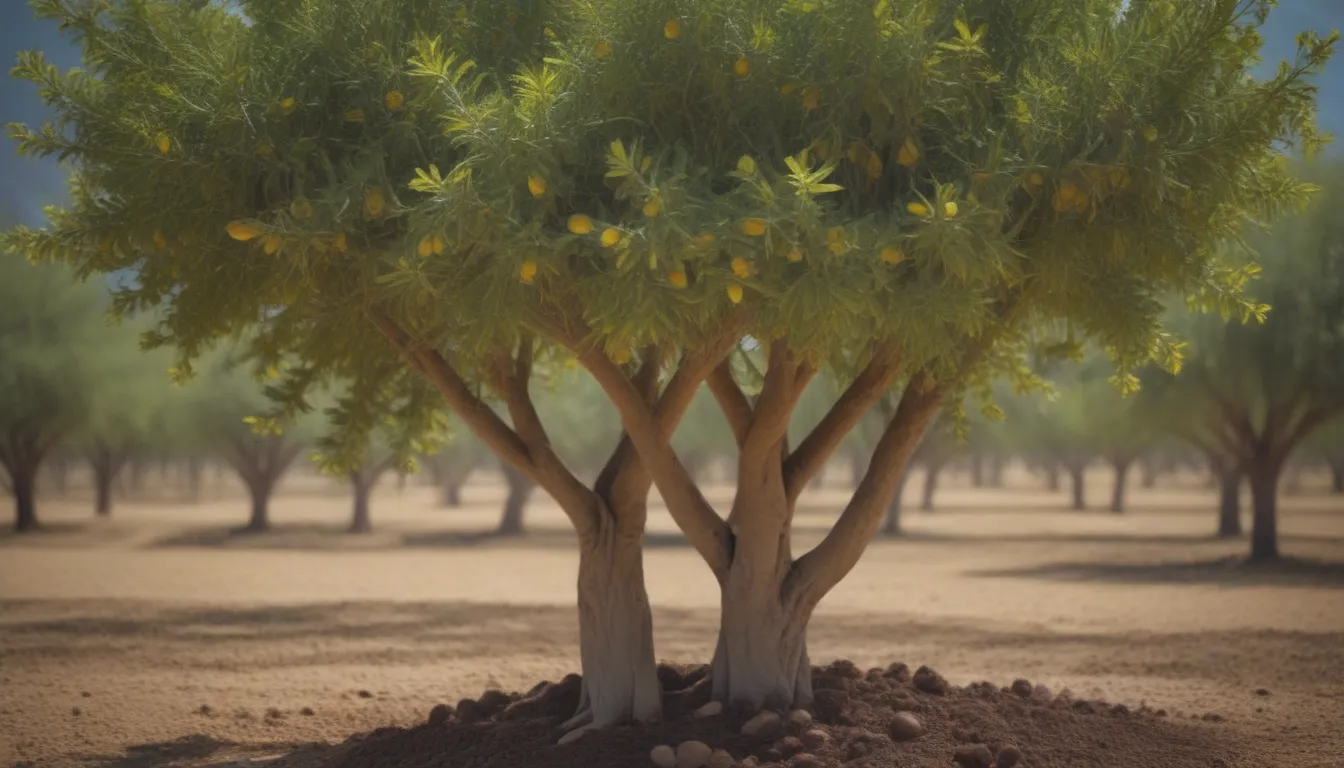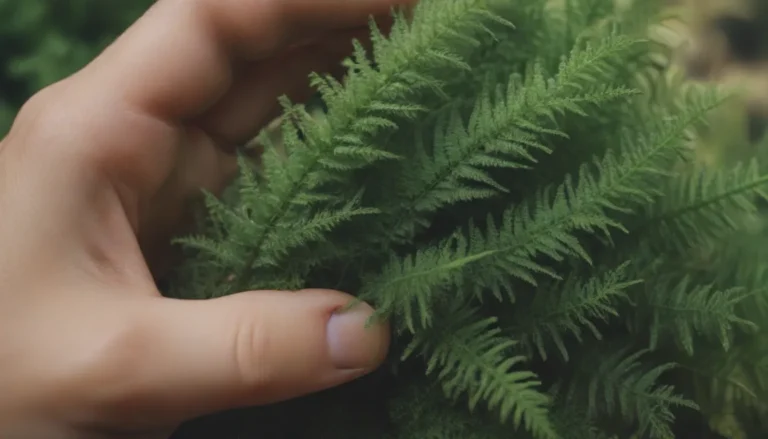Everything You Need to Know About Planting and Growing a Pistachio Tree

Are you dreaming of having your very own pistachio tree, ready to provide you with a delicious and crunchy snack straight from your backyard? Well, before you start digging, there are a few things you need to know about planting and caring for a pistachio tree. From the ideal growing conditions to harvesting your nuts, we’ve got you covered with all the information you need to successfully grow your own pistachios.
Where Pistachio Trees Thrive
Pistachio trees are quite picky when it comes to their growing conditions. They require a unique climate that includes hot, dry summers with temperatures of 100 degrees Fahrenheit or above, as well as non-freezing winters. These trees also need an extended chill period to break their dormancy and bear fruit. In the United States, the majority of pistachio production occurs in central California, Arizona, and New Mexico, thanks to their similar growing conditions. Additionally, pistachio trees are wind-pollinated, so breezy conditions in the spring and early summer are essential for successful pollination.
Planting Your Pistachio Tree
Before you start planting your pistachio tree, make sure you have the right location that meets its specific climate needs. Here are some key factors to consider:
Where to Plant
- Choose a location with hot temperatures during the day and well-draining, sandy, loamy soil.
- Avoid high humidity or wet soil, as pistachio trees do not thrive in these conditions.
- Select a spot with good wind exposure, as breezy conditions are necessary for pollination.
When to Plant
- Plant a pistachio tree in early spring when the seedling is still dormant to prevent transplant shock and allow it to establish itself.
How to Plant
- Plant male trees strategically to ensure that prevailing winds will carry their pollen toward the female trees, located within 50 feet for successful pollination.
- Pistachio trees require at least 8 hours of full sun daily and thrive in hot, arid climates.
- Opt for light, sandy, well-draining soil to accommodate the tree’s long taproots.
Water and Fertilization
- Water pistachio trees deeply but infrequently, ensuring excellent drainage to avoid soggy soil.
- Consider an irrigation system for multiple trees for a bountiful harvest.
- Conduct a soil test to determine your tree’s nutrient needs before applying fertilizer in late winter to early spring.
Caring for Your Pistachio Tree
- Prune your pistachio tree mid-summer to encourage branching and thicker growth.
- Harvest pistachios in October when the hulls turn pink-yellow and the epicarp separates from the inner husk.
- Remove epicarps within 24 hours of harvesting for the best flavor and freshness.
Common Pests and Diseases
- Watch out for Alternaria Late Blight, Botrytis, and Verticillium wilt in overly moist conditions.
- Choose a specimen with resistant rootstock to prevent diseases and ensure tree health.
Harvesting Your Pistachios
Growing a pistachio tree is not a quick process, as it can take five to seven years for the first harvest and even longer for maximum fruiting. When your pistachios are ready for harvesting in October, simply rap the branches to dislodge the nuts, making sure to remove the epicarps within 24 hours for optimal flavor. A mature tree can produce up to 80 pounds of fresh pistachios, which translates to about 30 pounds of dried nuts.
Potting and Repotting Pistachio Trees
While you can keep pistachio trees in containers for the first few years, it’s crucial to plant them in the garden after three to five years to allow the tree to mature. Long-term container growth can stunt the tree’s taproot, hindering its growth and development.
Propagating and Growing From Seed
Propagating pistachio trees through budding scion plant tissue onto rootstock is a complex procedure best left to professionals. Growing from seed is not recommended due to uncertainties about nut production and genetic characteristics. It’s best to start with nursery-grown pistachio trees for a successful harvest.
Conclusion
Growing a pistachio tree can be a rewarding experience, but it requires careful attention to its specific climate and growing needs. By selecting the right location, providing proper care, and ensuring optimal pollination, you can enjoy a bountiful harvest of delicious pistachios straight from your backyard. Remember to harvest your nuts in October, care for your tree throughout the year, and watch out for common pests and diseases to maintain a healthy and productive pistachio tree.
So, go ahead and plant your own pistachio tree today, and soon enough, you’ll be enjoying fresh and crunchy pistachios grown right in your backyard. Happy planting!





